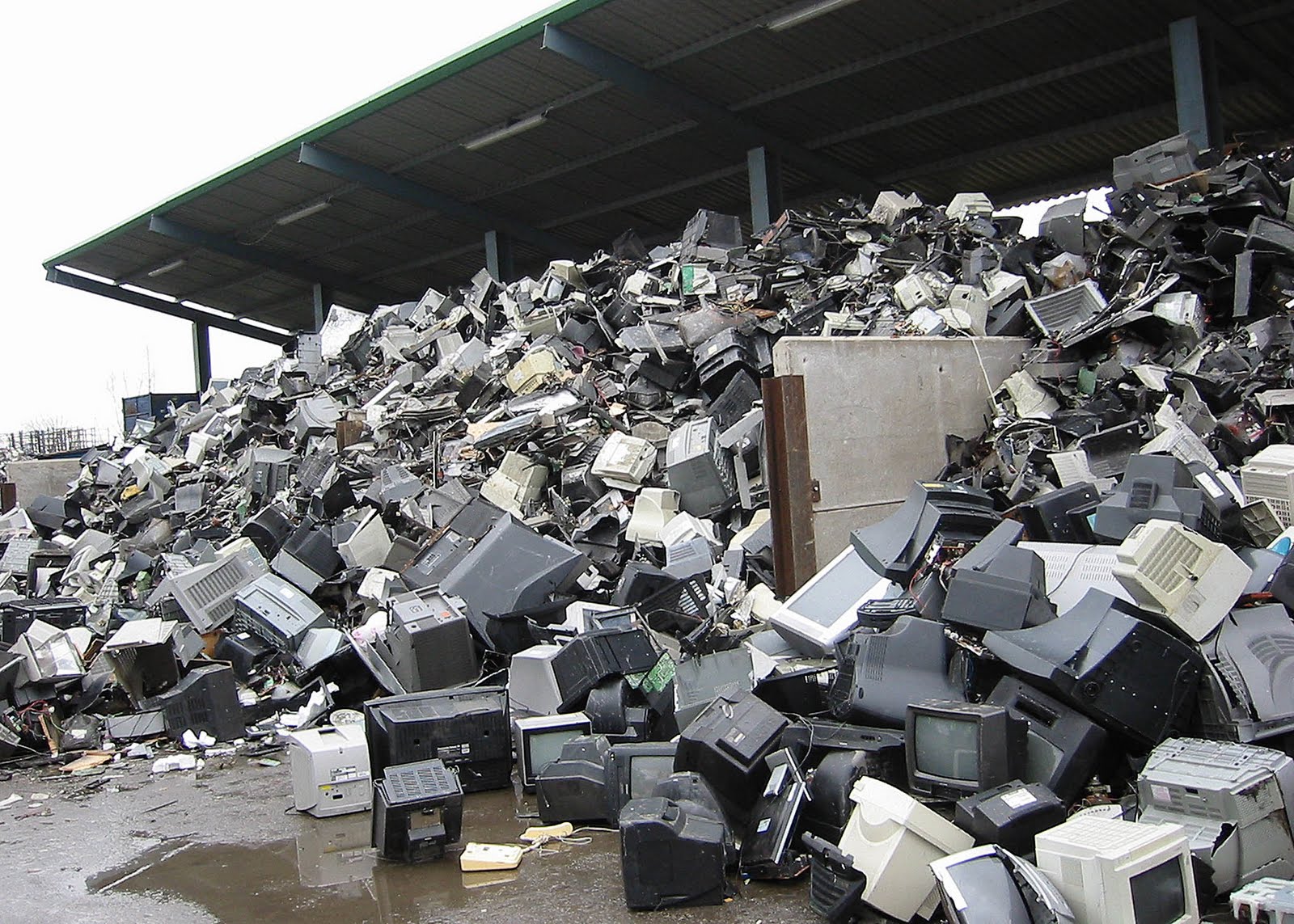We know that when you’re having a clear out, you may wish to get rid of a few of those old electrical or electronic items that you no longer need. However, putting waste that is deemed hazardous, or contains harmful materials, in a skip is prohibited. This now includes waste electrical and electronic equipment (WEEE). The good news is that since 2007, a law has been in place in the UK that requires British producers and importers of electronic goods to be responsible for the recycling of their products. Manufacturers became responsible for the funding of their own recycling schemes and retailers became obliged to offer take-back services to their customers.
What is WEEE?
The WEEE directive divides waste electrical and electronic equipment into 10 categories. They are:
Large household appliances
Small household appliances
IT and telecommunications equipment
Consumer Equipment
Lighting equipment
Electrical and electronic tools
Toys, leisure and sports equipment
Medical devices
Monitoring and control instruments
Automatic dispensers
Is all electrical and electronic equipment included in this scheme?
No. Since 2005, when the WEEE directive came into place, the European Council has used a symbol on items that are classified as WEEE. The symbol comprises of a crossed out wheelie bin with a single black line underneath the symbol. The black line indicates that goods have been placed on the market after 2005, when the directive came into force. This makes them eligible for the WEEE directive scheme and retailers are obliged to take back these items. Goods that have this symbol without the black line were manufactured between 2002-2005 and are classified as “historic WEEE”. These may not be eligible for the manufacturer and retailer recycling schemes.
What do I do with my WEEE?
All waste electrical and electronic equipment must be collected separately from general rubbish. Luckily, the WEEE directive requires that manufacturers should ensure that users of electrical and electronic equipment should have the possibility of returning WEEE at least free of charge. “E-wasteâ€, including PCs, games consoles, microwaves and washing machines, is the fastest-growing form of rubbish in the European Union. Please help us support the WEEE Directive by taking the following measures with your electric and electronic equipment waste.
1.Look at the website for the retailer where you purchased your electrical and electronic equipment. They will state what scheme they have in place, such as taking away your old product for free recycling, along with any packaging, when they deliver you a new one.
2.Check if your nearest recycling centre accepts your WEEE goods. Make sure that you ask someone at this facility to dispose of your item for you.
3.Check out your local council to see if there is a specialist recycling bin for small electrical waste in your area (items such as hair-dryers and irons).
4.If your WEEE is “historicâ€, check with your local authority to see if they will collect the item for you, although if indeed classified as “historicâ€, they may charge you for this service.








